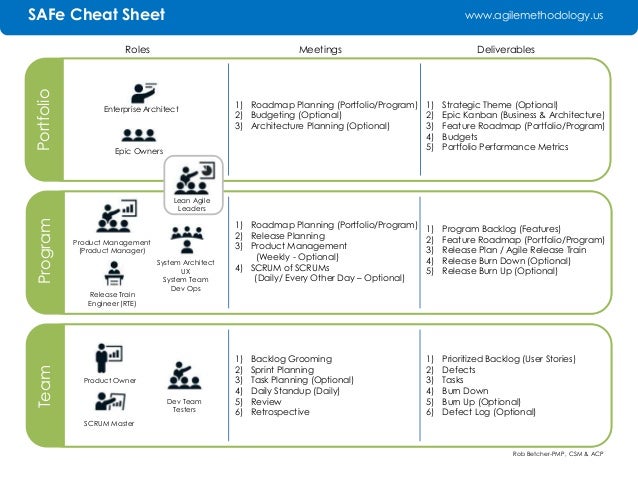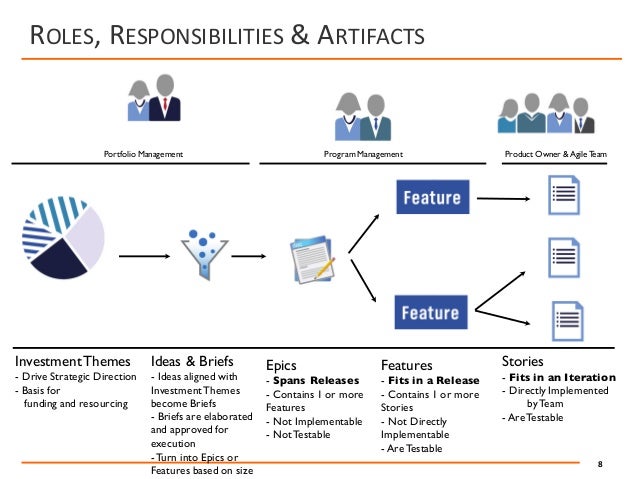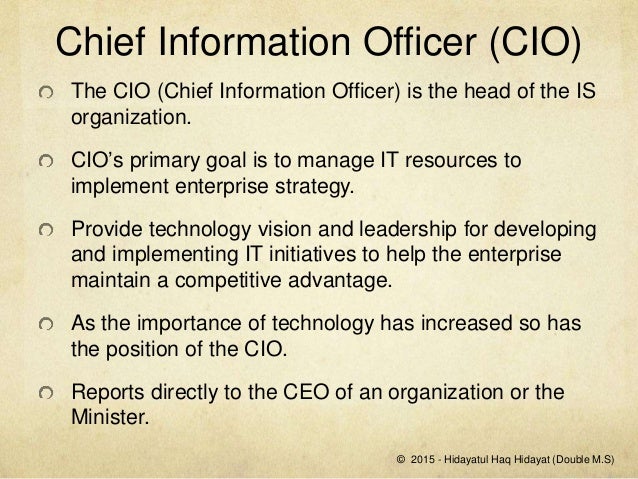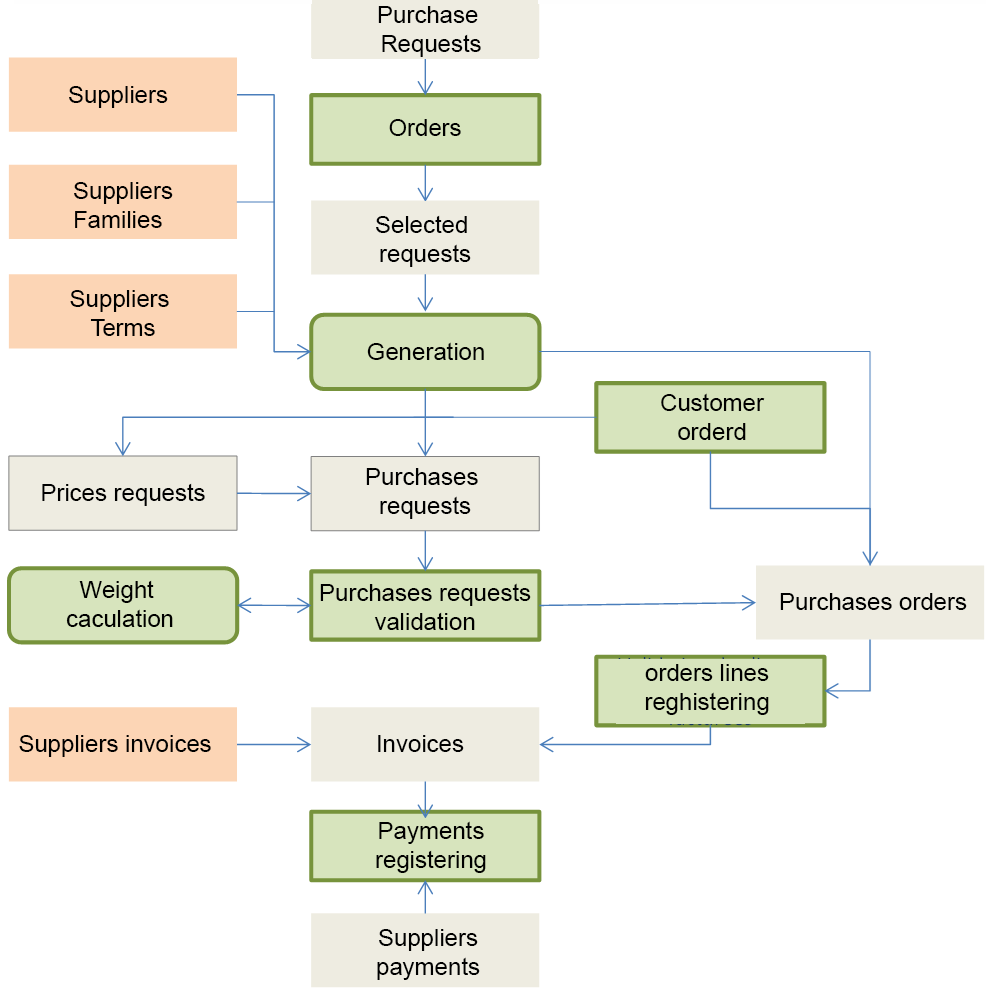Scaled Agile Framework SAFe Roles and Meetings. ARTs are responsible for delivering larger solution value.
A SAFe Agilist has a vision of what is necessary for the Agile Development process.

Safe agile roles. Inhouse Group Discounts Corporate Public Sector Bespoke Courses Book by CardPO. Flexible software to match the way your team works. Inhouse Group Discounts Corporate Public Sector Bespoke Courses Book by CardPO.
Scrum Master responsible for ensuring the team works well and follows the processes. Well examine the vital role an Agile PMO APMO has in the growth and development of a company using the Scaled Agile Framework. Scaled Agiles role-based curriculum helps enterprises unlock business results with SAFe.
It has gone through numerous expansions and iterations since then. The SAFe Learner Subscription is designed to help enterprises link strategy to execution by training business and technical leaders architects and developers on Lean-Agile practices. Ad Become a Certified SAFe Agilist SA with Leading SAFe 50 Training.
The Scaled Agile Framework SAFe is used to synchronize planning and delivery of software across a large number of agile teams. Ad Powerful project management software for teams. The key SAFe roles and main responsibilities at team level are.
The SAFe Agilist makes strategic planning as a lead which forges the. Check out results for your search. The basics of the Scaled Agile Framework SAFe SAFe was created by Dean Leffingwell and launched in 2011.
No train can exist without Agile teams. Agile teams using the Scaled Agile Framework SAFe are the same as your traditional Scrum team with one differentiator. This role has significant relationships and responsibilities outside the local team including working with Product Management Customers Business Owners and other stakeholders.
Full SAFe Full SAFe represents the most comprehensive configuration. Product and Solution Management - Scaled Agile Framework. Flexible software to match the way your team works.
For most enterprises moving to Agile this is a new and critical role typically translating into a full-time job requiring one PO to support each Agile team or at most two teams. Decentralized decision-making the SAFe Agile Team roles highlight how. Product Owner responsible for prioritising stories and ensuring they are well described and understood.
Agile Team responsible for delivery and quality of the work undertaken. SAFe provides a set of guidelines for aligning strategy and execution at each level of the organization. Teams may be bringing value across the enterprise in areas such as marketing compliance regulation training or other areas of innovation.
They may not all be technology-focused. They power the Agile Release Train ART and ultimately the entire enterprise. What is the role of a product manager in SAFe.
SAFe Cheat Sheet PortfolioProgramTeam Roles Meetings Deliverables Enterprise Architect Epic Owners Release Train Engineer RTE Product Management Product Manager System Architect UX System Team Dev Ops Rob Betcher-PMP CSM ACP Product Owner SCRUM Master Dev Team Testers 1 Backlog. Some solutions may only need a single Product Manager while larger solutions will need an entire. Check out results for your search.
Large Solution SAFe Large Solution SAFe is for enterprises building large and complex solutions which does not require the portfolio level. Ad Powerful project management software for teams. Portfolio SAFe Portfolio SAFe provides portfolio strategy and investment funding Agile portfolio operations and Lean governance.
Ad Become a Certified SAFe Agilist SA with Leading SAFe 50 Training. These roles scale in relationship to the complexity of a solution. All SAFe Agile teams include two key roles the Scrum Master and Product Owner.




